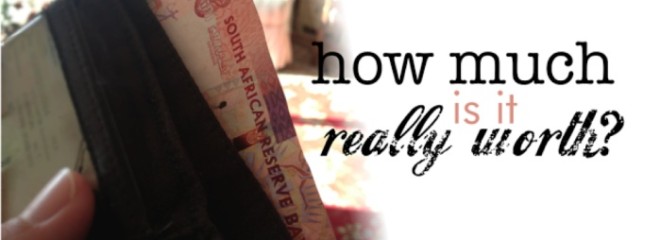Sometimes the rand is strong and sometimes it’s weak. Recently our currency hit a 4-year low, tipping the R10/$ mark and sending many economists, investors and traders reeling because currency strength is a key indicator of a country’s economic health.
If you’ve ever wondered exactly what goes into determining the strength of a currency, we hope this article will shed some light for you!
Firstly, it’s important to be aware that exchange rates are central to the level of trade enjoyed by any country, which, in free market economies, makes them very important. Exchange rates are closely watched, monitored and manipulated by the government as they play such an intrinsic role to the country’s economic health and sustainability. They are important on both a macro and micro level: ie. both international and domestic trade is directly effected by the exchange rate.
For foreign investors and exporters, a weaker rand means that they can trade more easily as buying South African interests, services and products is cheaper for foreigners, so they are more likely to sell more.
For importers, a stronger currency is preferred as they are able to then purchase more to sell locally – and that’s where it affects the domestic economy. A stronger rand means that the cost of our products are lower, which is often seen in the fuel price fluctuations, whilst a weaker rand means that we will ultimately be paying more for everything.
Discovery recently published an article that highlighted the factors affecting whether the rand is up or down that was very informative. The article cited six key indicators:
1. Inflation
As a general rule, a country with consistently lower inflation has a stronger currency because its purchasing power increases relative to other currencies. Countries with higher inflation typically experience a depreciation of their currency in relation to other currencies.
2. Interest rates
Interest rates, inflation and exchange rates are all highly correlated. By manipulating (increasing or decreasing) interest rates, central banks influence inflation and exchange rates. Higher interest rates in a country typically attract increased foreign investment, which causes the currency to strengthen. However, if a country has high interest rates and high inflation, its currency is unlikely to strengthen.
3. Current account
A country’s current account is much like an individual’s bank account – it is a summary of its expenditure. If a country has a current account deficit, it essentially means that it is in overdraft – the country has paid more to people outside the country (for importing goods) than it has received for exporting goods. A current account deficit can be a significant contributor to a weak currency.
4. Public debt
Public sector projects and government funding require deficit financing. This stimulates the economy domestically, but too much domestic debt makes investment less attractive (for foreign investors) because high debt rates lead to increasing inflation. Countries typically fund debt by selling government bonds but, again, too much debt could make foreign investors concerned that a country will be able to meet its repayment obligations.
5. Terms of trade
This is the ratio between export and import prices and is related to a country’s current account. If export prices rise quicker than import prices then terms of trade are said to be improving because there is growing demand for a country’s exports. As exports increase, a country’s revenues increase, which leads to a stronger currency.
6. Political stability and economic performance
A politically-stable country with strong economic performance attracts foreign investors because there is greater certainty that they will get a good return on their investment. Investors prefer investing in “stable” countries and will direct money away from other countries to do so. Generally, countries want to attract as much foreign investment as possible because it strengthens the currency.
If you have any questions about the strength of the rand and what influences it, hop over to our contact page and send us a message! In our next article we will share about the effects of the rand strength on investments, so come back next week to catch it.
